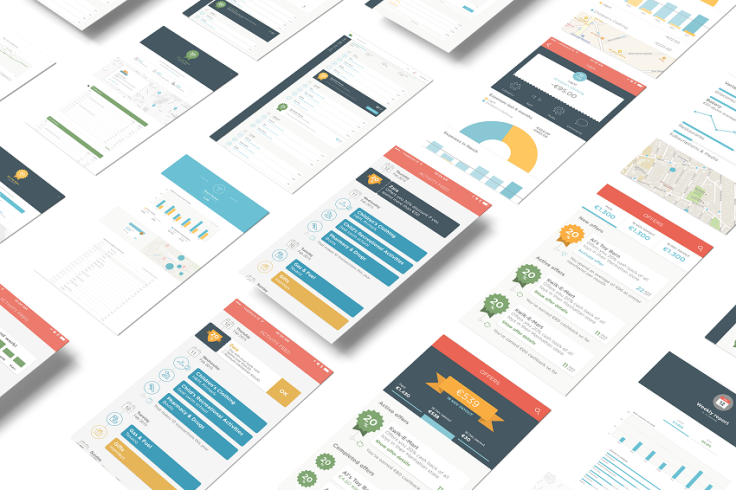The banking sector should take heed: 2018 will be all about PSD2
Customer dis-intermediation is one of the biggest risks retail banks face today, says Bragi Fjalldal CMO & VP of Business Development at Meniga.

With the upcoming PSD2 regulation allowing third party access to banking data, which was traditionally the preserve of banks, competition over customers' data is set to increase enormously.
The new regulation allows customers to authorize third party providers to have access to two aspects of their bank account. With the consent of the account holder, account and transaction data and the ability to authorize payments directly from the account will both be available to third party financial services.
Bearing this in mind, there are two major challenges the banking sector must tackle before the implementation date of 13<sup>th January 2018: securing their client interface and competing with fintechs and big tech firms in this new world of open banking.
The risks
Customer dis-intermediation is one of the biggest risks retail banks face today; figures from PwC show that at least 68% of banker's fear that PSD2 will cause them to lose control of their client interface. If external parties can offer a better user experience for customers, banks risk losing the ability to engage with their current users. The ramifications of dis-intermediation will also affect potential customers, who can turn to providers offering slicker and more user-friendly financial services solutions, to manage their money.
In recent years, the fintech industry has exploded into areas traditionally served by the banking sector, such as payments, lending and wealth management. Platforms which offer banking services have acquired a significant proportion of the ever-increasing investment in fintech across the globe – this will only increase when PSD2 gives challenger fintechs greater access to data and therefore access to new customers and profit. This, coupled with big techs like Paypal, Amazon, Google and Apple moving to offer a variety of financial services as fintechs do, and even the incursion of social media leaders like Facebook and SnapChat into the sector, makes for a crowded space for banks to operate within.
The opportunity with Open Banking
Yet, while PSD2 poses significant challenges to banks, it also offers them significant opportunities to improve their offering. PSD2 is less of a warning, than a call to action: banks need to focus on creating a personalised experience for their customers so they can compete with other players in the digital banking space. Fintechs are a competitor, but they are not a barrier to banks pursuing innovation. If banks prepare to comply and prepare to compete, they can secure and grow their customer base following the implementation of the regulation.
Utilising new technology strategies can pay dividends for the banking sector. A crucial factor in delivering on customer needs is to know your customer: intelligent use of customer data will allow banks to build products that provide an innovative, personalised end-to-end user experience. Partnering closely with merchants to provide relevant savings offers and product recommendations based on financial data, banks can create new revenue streams to help them stay competitive. This can transform the relationship banks have with their customers by offering a more engaging and personalised customer experience driven by data.
Using customer data analytics, banks can pursue bespoke products which prioritise user experience. Personalized digital banking would allow them to create a meaningful dialogue with their customers. Features like notification driven personal finance management, leveraging tailored expense reports and savings challenges, will allow banks to transform their customer relationships from monthly chores to weekly, or even daily, interactions. Furthermore, using highly personalized, deep card-based offers, from data on customer spending, creates opportunities for positive engagement.
A strategic approach to PSD2 requires tackling it head on. Being bold in your use of data and working with agile fintechs already operating in the digital banking space can help. Learning from user experience of the very fintechs, big techs and social media leaders competing for customers can help the banking sector as well. Focusing energy into user experience is paramount: applying best practice to current platforms is no longer an optional extra for banks.
Above all: the clock is ticking. PSD2 begins its rollout early next year. Adaption to the regulation is entirely possible, but it requires a pro-active approach from banks to make sure that they are not left behind in the digital banking race.






















